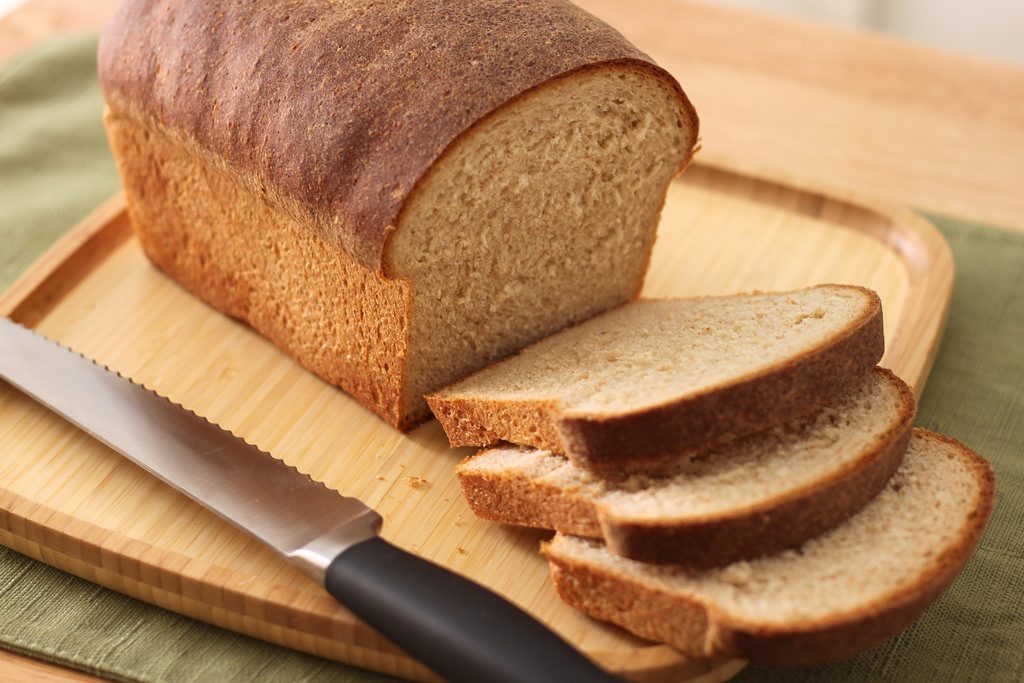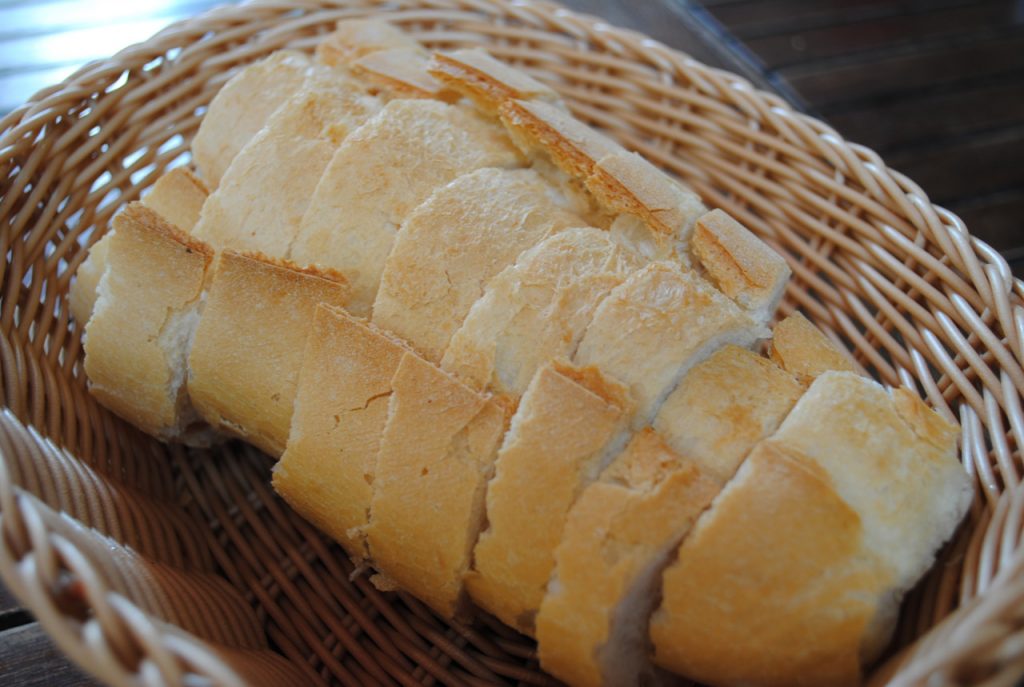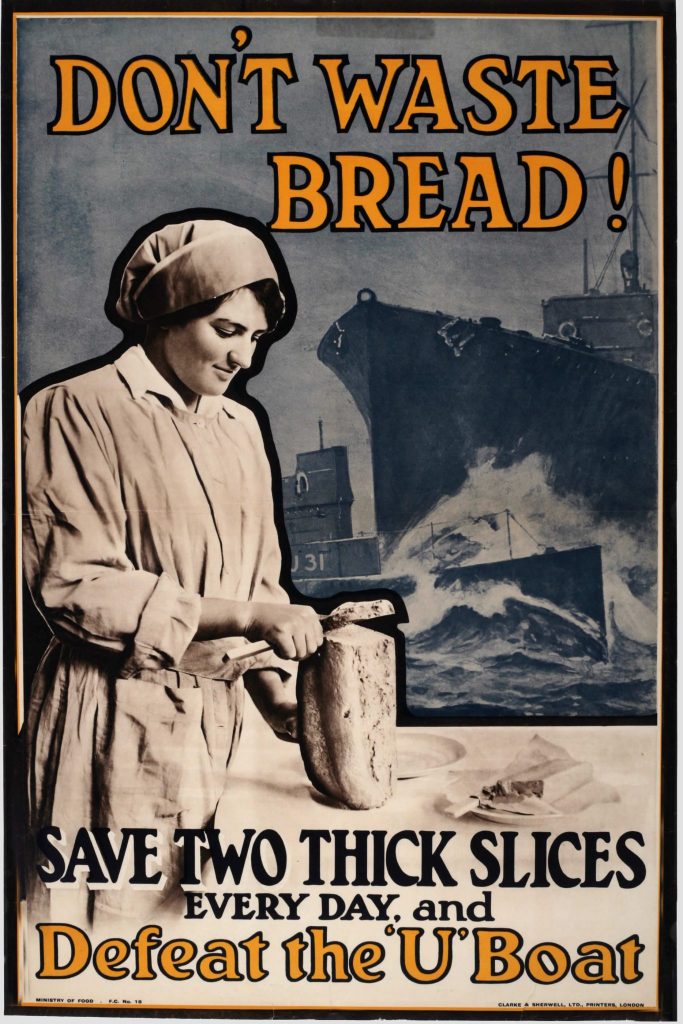How and when was sliced bread invented?
- The first bread slicing machine was made by Otto Rohwedder.
- The first prototype was made in 1912 but the first commercially functional version was made in 1928.
- Chillicothe Baking Company was the first to use the machine commercially and started using it in July 7 of the same year.
- Popularity of sliced bread rose and the consumption and sales of bread rose along with it.
- The production of sliced bread was banned in January 1943 in order to save wax resources for war.
- Only two months later, the popular product was brought back due to public outrage.
You know what people always say whenever a new ingenious invention comes up: “that’s the greatest thing since sliced bread!” The greatness of sliced bread is echoed by its widespread existence – it was popular back when it first came out more than 85 years ago and remains so up until now. In fact, it’s found in almost every part of the world, and no matter what occasion – be it for corporate events, wedding catering, or a simple family merienda – sliced bread can be found gracing the menu.
Invention
This form of bread originated from the invention of a man named Otto Rohwedder of Davenport, Iowa. He sought to construct the first ever bread-slicing machine which sliced one loaf at a time. However, the first prototype he built was lost in a fire in 1912. It was not until 1928 where he was able to build the very first fully functioning version.
Although he already had the first machine ready for commercial use, he had some trouble selling it – most bakers were wary of the fact that cutting the bread made it more vulnerable to becoming stale too quickly or crumbling apart if split. In addition, pre-slicing the bread seemed like too simple an idea and it led to think it was somewhat unnecessary.
Commercial Acceptance
Eventually a baking company called Chillicothe Baking Company located in Chillicothe, Missouri gave him an opportunity (although Battle Creek, Michigan has a competing claim as the very first city to commercially use the machine). They incorporated the machine into their production line and began to sell what was known as “Kleen Maid Sliced Bread” beginning on July 7, 1928. A day before it was to be released to the public, a local newspaper called the Constitution Tribune ran a front page ad to announce it to the public and promote the product as well. It said:
“After all, the idea of sliced bread is not unlike the idea of ground coffee, sliced bacon and many other modern and generally accepted products which combine superior results with a saving of time and effort.”
The back page also had similar affirmations, branding it as “a fine loaf sold a better way.” It also included instructions on how to deal with the packaging of the bread – wrapping, pins, and all. (The pins were the initial way that the bakers employed to keep the bread together and thus reduce the chance of it becoming stale too quickly.) Furthermore, it was also advertised as “the greatest forward step in the baking industry since bread was wrapped.” It’s thought that the popular phrase “best thing since sliced bread” began from this original slogan.

The second machine ever made by Rohwedder was bought by a baker from St. Louis named Gustav Papendick. He sought to improve it by revising the packaging method by keeping the slices together long enough to be wrapped. His first few attempts involved rubber bands and metal pins which did not work. Using a cardboard tray finally proved to be the augmentation that Papendick needed. It aligned the sliced pieces together to allow mechanize wrapping features to be added to the machine.
Popularity
Sliced bread’s popularity skyrocketed; it didn’t take a lot of time before it became a household item. The uniform and thinner slices led to a higher consumption rate of sliced bread which meant more sales. The consumption and sale of spreads like jam also increased as well.
After only 2 years, Wonder Bread – the company behind the origins of sliced bread – expanded quickly and started building its own machines. They also widened their reach and supplied sliced bread to the rest of the United States.
Ban During World War II
There were no issues for quite some time up until January 18, 1943 – sliced bread was banned for two months as ordered by a food administrator, Claude R. Wickard. It came off shelves completely. This was in an effort to conserve the wax paper used to wrap the bread in order to conserve resources for World War 2. Officials explained to the New York times and stated that:
“the ready-sliced loaf must have a heavier wrapping than an unsliced one if it is not to dry out.”
The ban was also implemented to counter act the rising prices of bread due to the 10% increase in flour prices which was authorized by the Office of Price Administration.
This received a huge amount of backlash and many voiced their opinions:
In January 24, 1943, the New York City mayor at the time, Fiorello LaGuardia, supported this by stating that privately owned machines should still allowed by bakers for their own bakeries.
In response, John F. Conaboy, the New York Area Supervisor of the Food Distribution Administration, stated that in January 26 that:
“to protect the cooperating bakeries against the unfair competition of those who continue to slice their own bread… we are prepared to take stern measures if necessary.”
On the same day, one disgruntled housewife even sent a letter to the New York Times in January 26 to share her dissatisfaction for the ban. It ran:
“I should like to let you know how important sliced bread is to the morale and saneness of a household. My husband and four children are all in a rush during and after breakfast. Without ready-sliced bread, I must do the slicing for toast—two pieces for each one—that’s ten. For their lunches, I must cut by hand at least twenty slices, for two sandwiches apiece. Afterward I make my own toast. Twenty-two slices of bread to be cut in a hurry!”
But even with such a statement, the outrage proved too much for the Food Distribution Administration and, in the March of 1943 sliced bread returned and remained to this day.
Wickard stated that, “Our experience with the order, however, leads us to believe that the savings are not as much as we expected, and the War Production Board tells us that sufficient wax paper to wrap sliced bread for four months is in the hands of paper processor and the baking industry.”
Key Takeaway
These days we rarely think about the journey of a slice of bread because it’s such a typical food item, but hopefully after reading this viewers will a newfound appreciation for the product.







